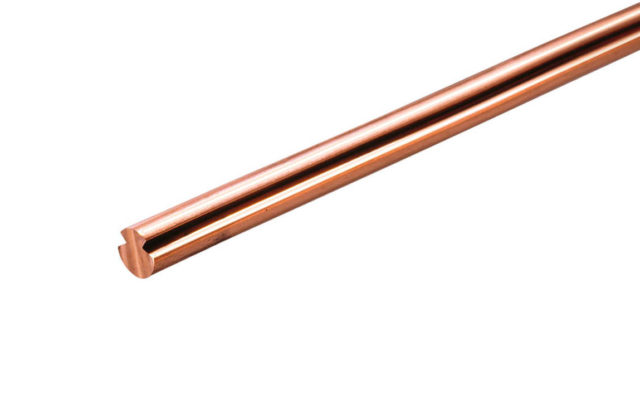Introduction
This is a smart use of the widespread grid of ground wires for the transmission of data.
For this purpose, for more than 20 years, the TSO (Transmission System Operators) are gradually replacing all the galvanized steel and ACS (Aluminium Clad Steel) ground wires with OPGW (Optical Ground Wire) that, through the insertion of numerous optical fibres, allows a capillary and fast data transmission.
This innovative approach harnesses the extensive grid of ground wires not only for electricity transmission but also for data communication, marking a significant advancement in grid technology. Over the past two decades, Transmission System Operators (TSOs) have been gradually replacing traditional galvanized steel and Aluminium Clad Steel (ACS) ground wires with Optical Ground Wire (OPGW) solutions. Unlike conventional ground wires, OPGW integrates multiple optical fibers, enabling seamless and rapid transmission of data across the grid infrastructure.
The integration of optical fibers within OPGW represents a transformative shift in grid management and communication strategies. By capitalizing on existing infrastructure, TSOs can harness the power of data to enhance operational efficiency, improve grid reliability, and enable advanced monitoring and control capabilities. With OPGW, real-time data pertaining to voltage levels, line conditions, and environmental factors can be efficiently collected and analyzed, empowering grid operators to make informed decisions and proactively address potential issues before they escalate.
Moreover, the deployment of OPGW fosters greater resilience and adaptability within the grid ecosystem. The robust construction of OPGW ensures reliable data transmission even in harsh environmental conditions, such as extreme temperatures, high winds, and corrosive environments. This resilience is essential for maintaining continuous communication and situational awareness, particularly during adverse weather events or unforeseen emergencies. In essence, the strategic adoption of OPGW underscores a proactive approach towards modernizing grid infrastructure and unlocking the full potential of data-driven decision-making.

Engineering
The design of these ground wires is various and not standardized and it contains an optical core in the center, or in the layers, or multiple, etc.
The optical cores can be composed of Inox St or Al or Inox-Al tubes and contain dozens of optical fibres, typically in multiples of 24 units (24, 48, 96, etc.).
De Angeli Prodotti is able to produce OPGW in all its conformations.
Advantages
The advantage of this particular ground wire is in the combination of two features: protection of the overhead power line from the lightning and the establishment of an extensive infrastructure network for the data transmission.






